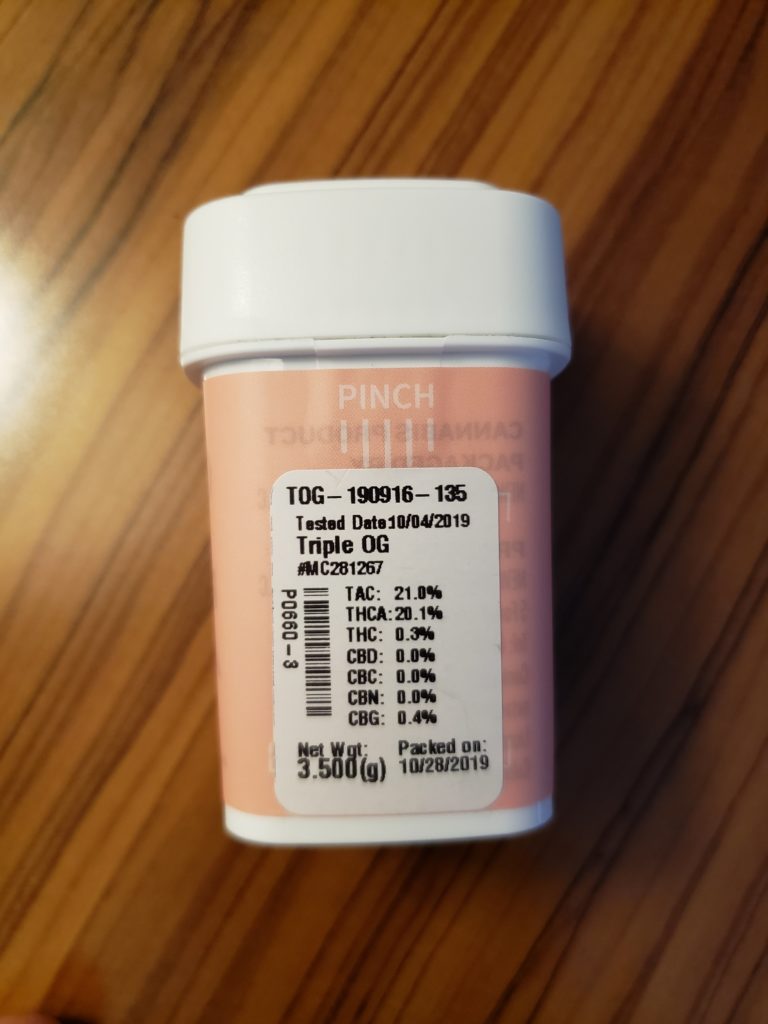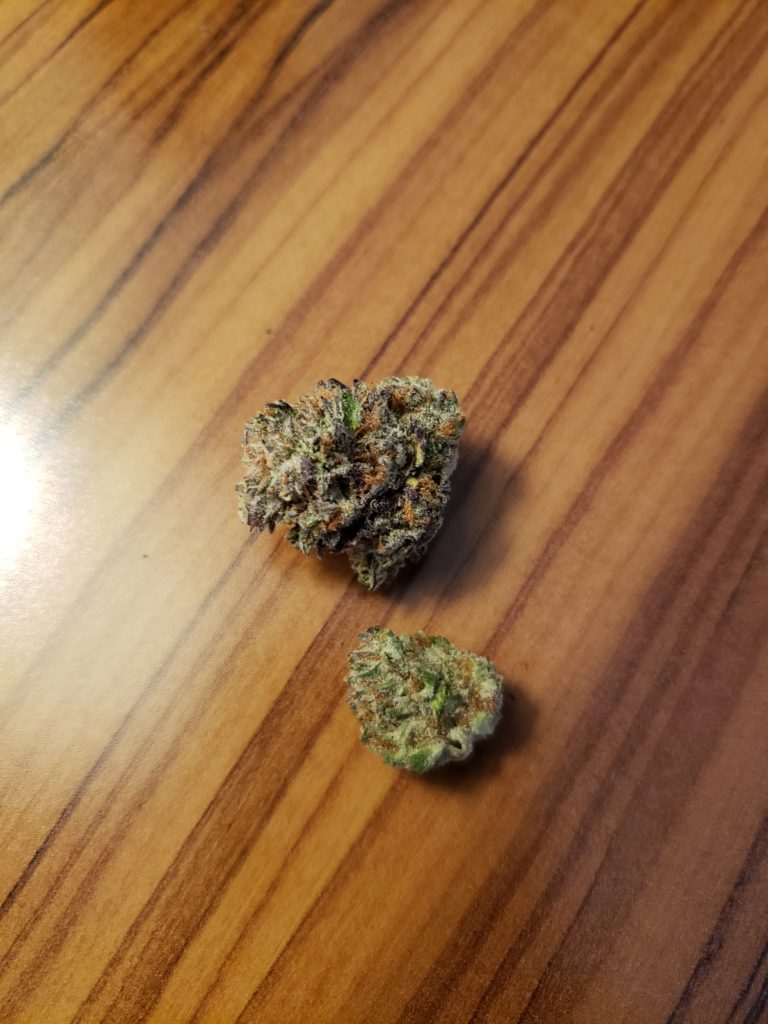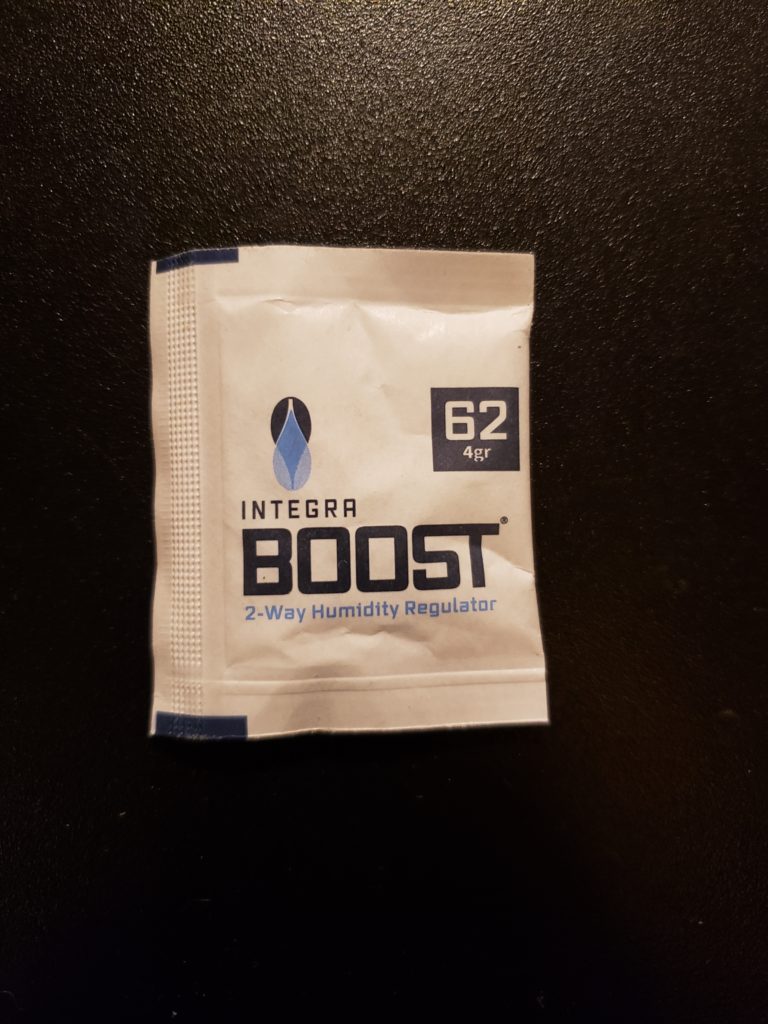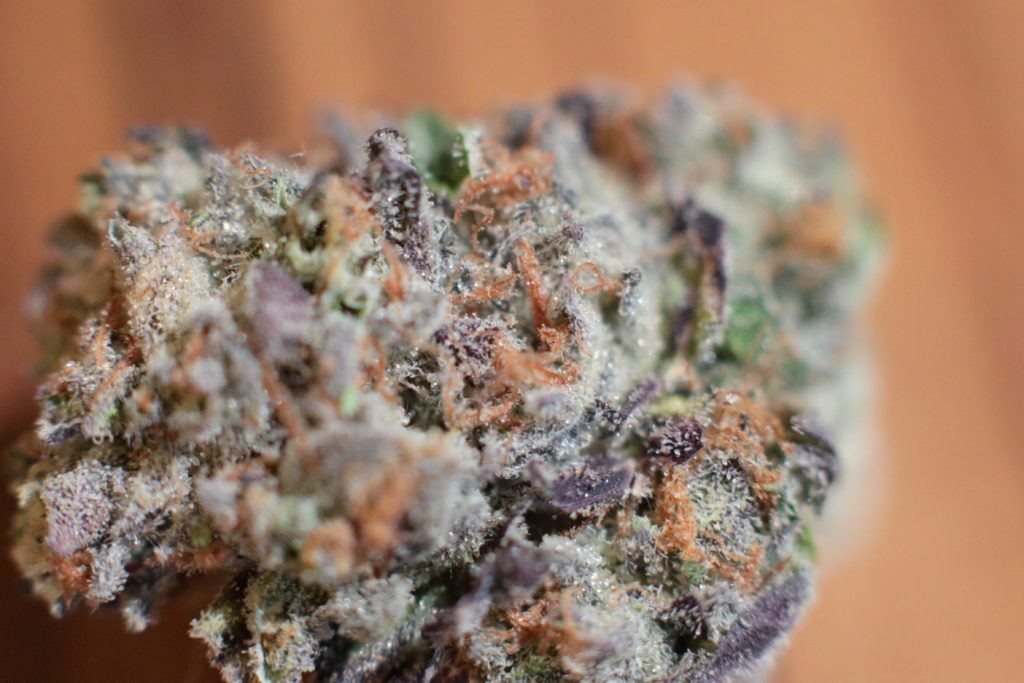Prohibitionists try to force a narrative that cannabis use is relatively new in human society. They also try to point out that those that did use it were small in numbers and insignificant to the overall population; especially when it comes to medical value.
There is evidence from 2500 years ago that cannabis was smoked in a ceremonial fashion. Hemp was also mentioned in one of the oldest Chinese texts on agriculture, Xia Xiao Zheng. As for the medical properties, Emperor Shen Nung noted it and they were eventually collected in the Pen Ts’ao Ching.
Jumping forward a bit to India, Bhang is mentioned as a sacred preparation of cannabis for Shiva. This culture and religious use of cannabis continued for centuries in India. It was so pronounced, that when the British occupied India they sent several inquiries into how it affected the native population(the Imperialists were concerned with worker output).
Moving west to the Middle East, cannabis was influential in Muslim society. From the ritual use by the Sufis to the hashish influences of the 1,001 Arabian nights, evidence of cannabis can be seen throughout Muslim culture. On the medical side of things, one of the most influential medical texts written by Avicenna contains referenced to the medical properties of cannabis.
Jumping forward in time, the monk Rabelais mentions cannabis continually throughout his book Gargantua and Pantagruel, albeit under a code name. Cannabis also appears in several medical texts such as the The New England Dispensatory and The Edinburgh New Dispensary. Hashish became common in Europe and in the late 1800s several prominent writers were using it.
In more recent times, Cannabis was also included in the U.S. Pharmacopeia starting in 1851 until 1942.
Just from these few brief examples, I have shown the long use of cannabis in human societies. There are several others that I omitted, but the the general picture can be shown. Cannabis has been used for medical, spiritual, and recreational purposes for millennia. The only thing that changed that was the recent experiment of prohibition.
With the slow repealing of prohibition in several states and aided with modern science, humanity is once again being reunited with the plant and finding truth and evidence in the benefits.




